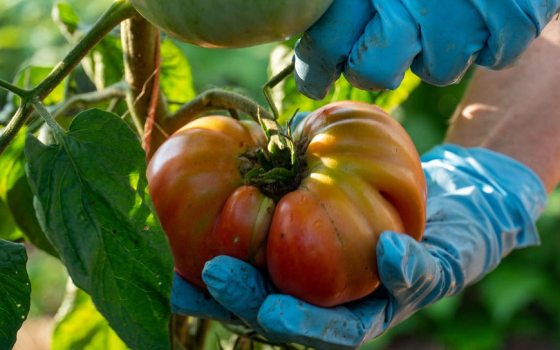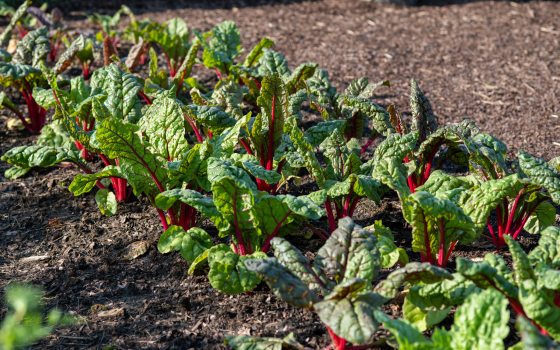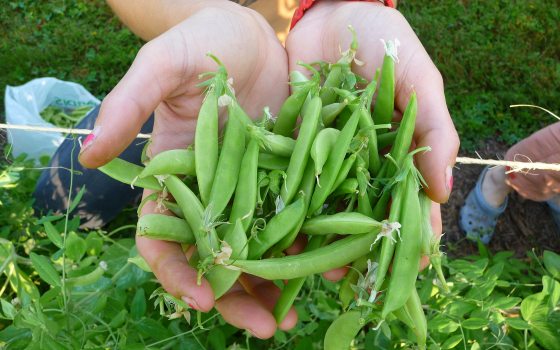Have you ever stopped to think about where your garden seed comes from? Most home gardeners are accustomed to buying fresh seed each spring, so it was somewhat alarming when many seed companies stopped accepting non-commercial orders this year due to COVID-19. Beyond this year’s difficulties obtaining seed, there are a number of other reasons seed saving should be a more common practice among home gardeners. Foremost, seed saving is critical in preserving the remaining genetic diversity of vegetable crops, as most cultivated varieties have never made it into a seed catalog and an untold number have been lost entirely. Diversity allows for more possibilities in the world of plant breeding, so that new varieties can be developed to adapt to a changing climate, or to enhance flavor, beauty, disease resistance, or any other desirable trait. Seeds often have significant cultural history as well, with some having traveled across oceans and passed down for generations.
Getting started with seed saving can be easy if you select good beginner crops and learn some basics about plant breeding.
Hybrid or Open-Pollinated?
First of all, you need to know from which variety you are saving seed and if that variety is a hybrid or open-pollinated. Open-pollinated plants will produce offspring that is “true-to-type” as long as they are isolated from other varieties of the same species. All heirloom plants come from open-pollinated seeds that have been passed down within a community. Hybrid plants, on the other hand, are the result of crossing two specific varieties; their seed will not produce offspring that is true-to-type. Seeds from hybrid plants should not be saved, as they are genetically unstable. Many seed companies sell both open-pollinated and hybrid seed.
Cross-Pollinated or Self-Pollinated?
It is also necessary to be familiar with the genus and species of the crop you want to save, and whether or not it tends to cross-pollinate with other plants of the same species, or if it will self-pollinate. Self-pollinated plants are easiest to save seed from. Those that cross-pollinate must be isolated from different varieties within the same species, or pollinators must be excluded from flowers. Cross-pollinated seeds will not produce offspring that are true to type either. Tomatoes and beans are examples of self-pollinating vegetables, while cucumbers, squash, and cole crops (or those that belong to the mustard family, which include cabbage, kale, broccoli, and more) will cross with other varieties of the same species. Isolating crops, hand pollinating, and introducing or excluding pollinators are advanced techniques that seed growers use to ensure pure seed.
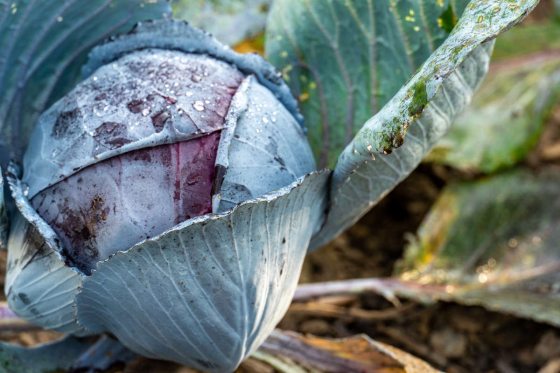
When Do Seeds Mature?
Depending on the crop, seeds will be ready to harvest at different times. It is easiest to collect seed from annual plants that complete their life cycle in one year, such as tomatoes, beans, peas, and squash. If you’ve never seen a particular vegetable crop flower, it may be because it is typically harvested before the seeds mature, or it may be a biennial plant that requires “vernalization,” or a winter, to induce flowering and seed formation. Lettuce and radishes are annuals that tend to be harvested before they “bolt,” or go to flower, while cabbage, beets, and kale are examples of biennial crops that would not produce seed until their second year.
Dry Processing Versus Wet Processing
Some seeds are easily collected when they naturally dry on the plant, while some must be extracted from wet fruit. Most legumes and grains are collected when fully mature and dry, such as beans, peas, amaranth, and wheat.
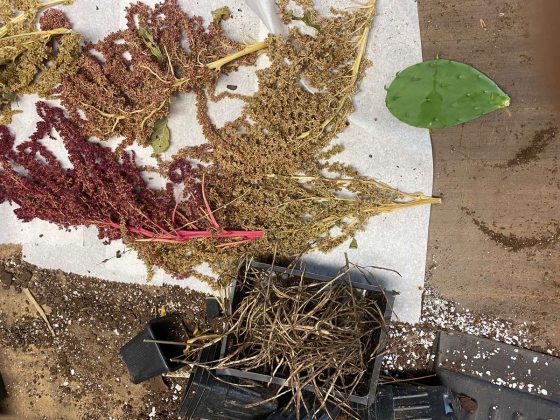
Wet fruits are also harvested when fully mature, but usually must be further processed to extract them from flesh and pulp. Some, such as tomatoes, must be fermented to break down chemicals that inhibit seed germination and to eliminate disease. This mimics the process that happens in nature when fruit falls to the ground and rots.
Where to Start
Beginner seed savers should select just a few annual self-pollinating crops to start with. Some of the easiest are listed below.
Beans and peas: Leave a few pods on the plant and harvest when they fill with plump seed and the pod dries down, usually by the end of September.
Lettuce: Leave some plants in the ground as the summer weather heats up. The plants will elongate as they send up stalks that will flower and set seed. Harvest seed heads once the fluffy papusses emerge, similar looking to dandelion seeds. Seed should be mature by mid-summer.
Tomatoes: Pick fruit from the best plants when fully ripe. Cut open and scoop out gelatinous substance that contains the seeds. Place in a container, cover with a coffee filter, and allow to sit as a layer of mold forms on the surface. They will begin to stink at this point, so keep them somewhere you won’t be bothered by the smell. After two to three days, add water, then pour off mold and any floating or hollow seed, as viable seed will sink to the bottom of the cup. Repeat this process until you are left with clean seeds at the bottom of the cup. Drain and allow to dry on a coffee filter overnight.
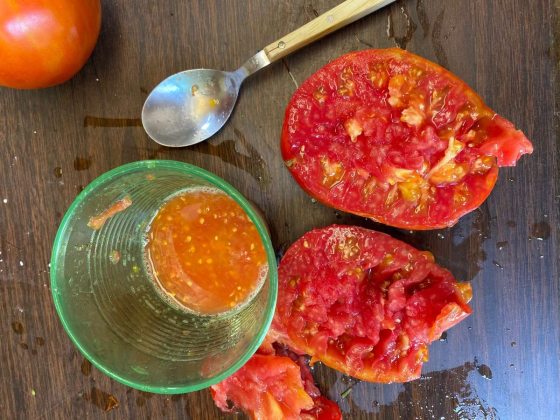
Store all seeds in a cool, dry place.
Additional Resources
There are a number of print and internet resources with detailed instructions on saving seed. Some of the books I have found most useful include Seed to Seed by Suzanne Ashworth and Plant Breeding for the Home Gardener by Joseph Tychonievich. Seed Savers Exchange is a great source for open-pollinated seed, and also offers many online articles about how to get started in seed saving. Lastly, check to see if there is an annual seed swap event in your area, where gardeners get together to share seed.
